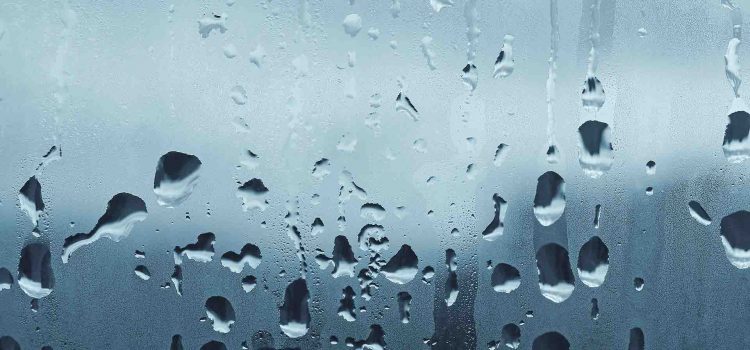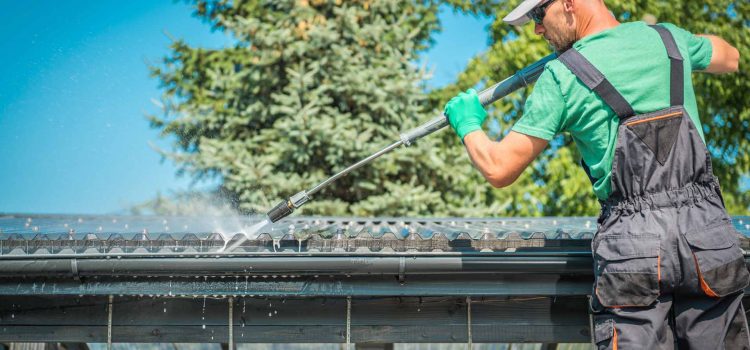
It is important to pay close attention to your body to maintain your health. When something changes or just doesn’t feel right, you should make an appointment with your doctor to have them examine the area or order additional tests. The same should be said for your vision. Many people take their eyesight for granted and forgo regular eye exams. If you do not have your eyes tested regularly by an optometrist, you may miss the early signs related to some of the most common vision problems.
Constant Headaches
If you suffer from consistent headaches, don’t just shrug it off and take two pills. Your headaches may be caused by potential vision issues. As your eyes strain to focus on blurred or distorted objects both near and far this additional strain can lead to headaches as well as other symptoms such as eye strain.
Strained or Fatigued Eyes
Having tired eyes is a symptom of several potential issues with your eyes. Eye strain and fatigue happen when your eyes are constantly working to keep objects in focus. It is most evident when working on a task for an extended period of time, such as reading or working on a computer. However, having fatigue or strain on a regular basis should be taken as a sign to visit your optometrist.
Blurry Vision
Having a blurred vision is usually one of the symptoms that people will seek the expertise of an optometrist. However, the blurred vision does not need to be constant for there to be a potential issue. If you are noticing somewhat blurred vision showing up every now and then, it should still be taken as a sign to get your eyes checked out.
Trouble Seeing at Night
If you are finding it difficult to clearly see at night, it could be an indication that you require glasses. Not being able to clearly make out road signs while driving at night also means that you may not see another car or a pedestrian in time to react, do not wait to have a professional examine your eyes.
Reading at Different Distances
We have all been with someone at a restaurant the needs to hold the menu as far from them as possible or right up against their nose. This is a clear sign that there is an underlying vision issue. Sometimes, non-prescription reading glasses can help with this situation, but if that doesn’t, prescription glasses should do the trick.
No matter if the cause of the symptoms above is due to Astigmatism, nearsightedness or Myopia, and farsightedness or Hyperopia, most of the time they can be corrected with a new pair of prescription glasses or contacts. However, if these signs are ignored you can be sure that the issue will worsen to a point where corrective lenses may not be able to help.

















